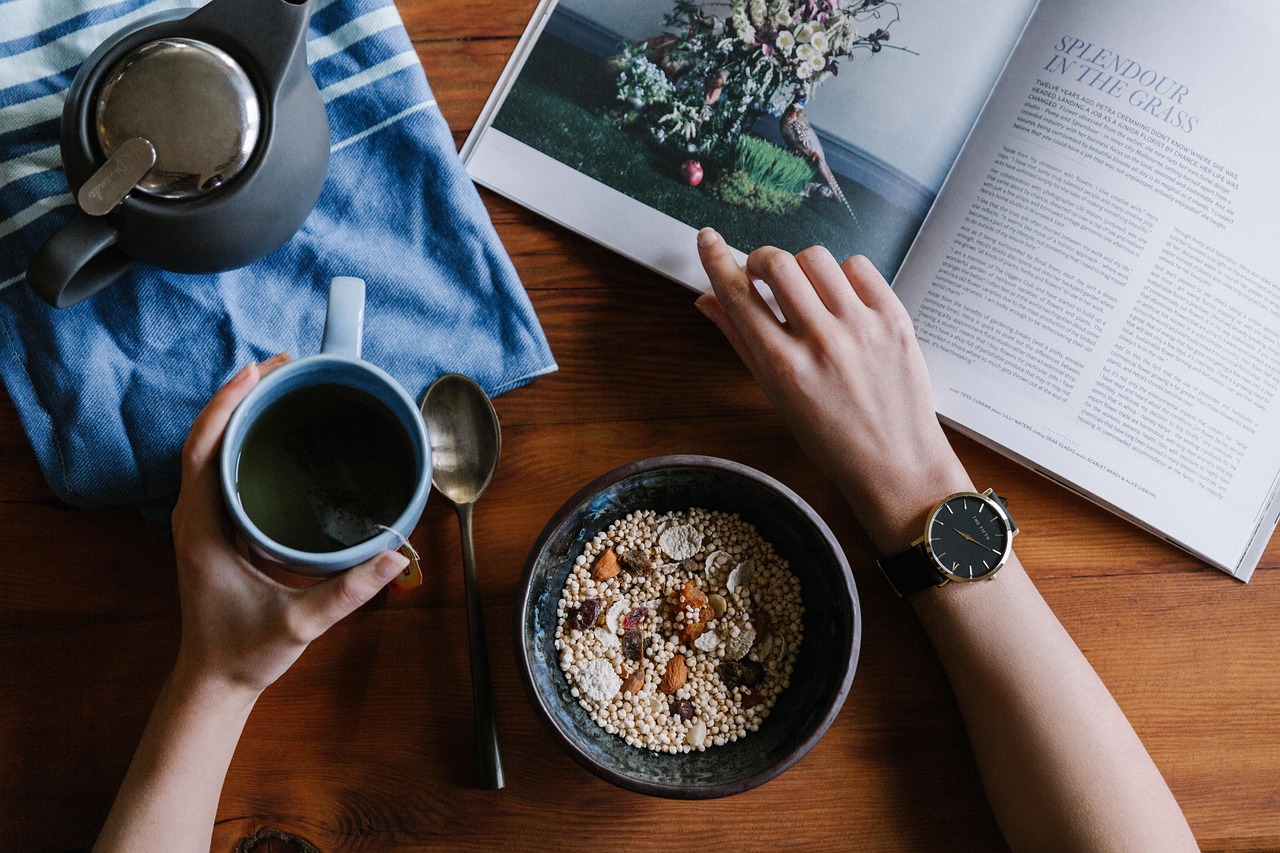Table of Contents
Let’s be honest: the term “diet” can be off-putting. For others, it immediately brings to mind missing meals, dull salads, or struggling to fight late-night cravings. Yet a genuine diet plan is really about fueling your body, finding harmony, and feeling fabulous in your own skin.
Here’s a people-first guide for creating a diet plan that finally works… and sticks.
Step 1: Understand What Your Body Needs
We’re all wired differently. Your bestie or your personal fitness guru may do something that doesn’t work for you—and that’s fine. Begin by paying attention to your body. Do you constantly feel exhausted? Are you always hungry for sweets? Do you feel puffy? These are indicators, not nemeses. A healthy diet begins with respect, not deprivation.Sick of restrictive diets that make you feel deprived and defeated? It’s time to make a change. This no-nonsense and empowering diet plan is meant to work with your life, not against it. No crash diets. No impossible rules. Just easy, science-based strategies that enable you to build healthier habits without the overwhelm.
Sick of fad diets that make you hungry and irritable? This realistic meal plan is tailored for you. No more starving or eliminating entire food groups – just healthy, sustainable eating that nourishes your body and aspirations. Whether you want to lose weight, get an energy boost, or just feel more confident in your skin, this plan gives you common-sense advice, adaptable meal solutions, and good-for-you tips that make sense in everyday life. Say adios to shame and hola to a healthier, happier you – bite by bite.
- Core daily necessities (for most adults):
- Proteins: to repair muscle and tissue
- Carbs: for fuel
- Fats: for hormones and brain function
- Vitamins & Minerals: for general function
- Water: for essentially everything
Step 2: Build Your Plate Like This (Most of the Time)
- Easy way to consider meals:
- Half your plate: vegetables and fruit (fiber + nutrients)
- One quarter: protein (chicken, fish, tofu, beans, eggs)
- One quarter: complex carbohydrates (brown rice, quinoa, sweet potatoes)
- Add a healthy fat: olive oil, avocado, nuts, seeds
- Water or herbal tea instead of sugary beverages
Step 3: Don’t Skip Meals (Seriously)
Skipping meals does not “save calories”—it most likely results in bingeing later. Rather, have regular meals and snacks that maintain your energy level steady.
- An example meal day could be:
- Breakfast: Oats with almond milk, banana, and a spoon of peanut butter
- Snack: A boiled egg and a handful of berries
- Lunch: Grilled chicken salad with olive oil dressing and whole grain bread
- Snack: Yogurt or hummus with veggie sticks
- Dinner: Stir-fried vegetables with tofu and brown rice
- Optional evening snack: A small square of dark chocolate or a warm herbal tea
Step 4: Lifestyle Habits Matter Too
A good diet means nothing if your sleep, stress, and hydration are off track.
- Sleep 7–9 hours a night to help your body heal and reset
- Drink water throughout the day—not just when you’re thirsty
- Move your body, even just a daily walk
- Be kind to yourself on the “off” days—you’re human
Final Thoughts
You don’t have to do a trendy detox or count every single calorie to be healthy. What you do require is a plan that feels realistic, enjoyable, and sustainable. Eat in a manner that respects your body, your culture, and your lifestyle.
Remember: it’s not about being “skinny”—it’s about being well. Begin small. Be consistent. You’ve got this.

